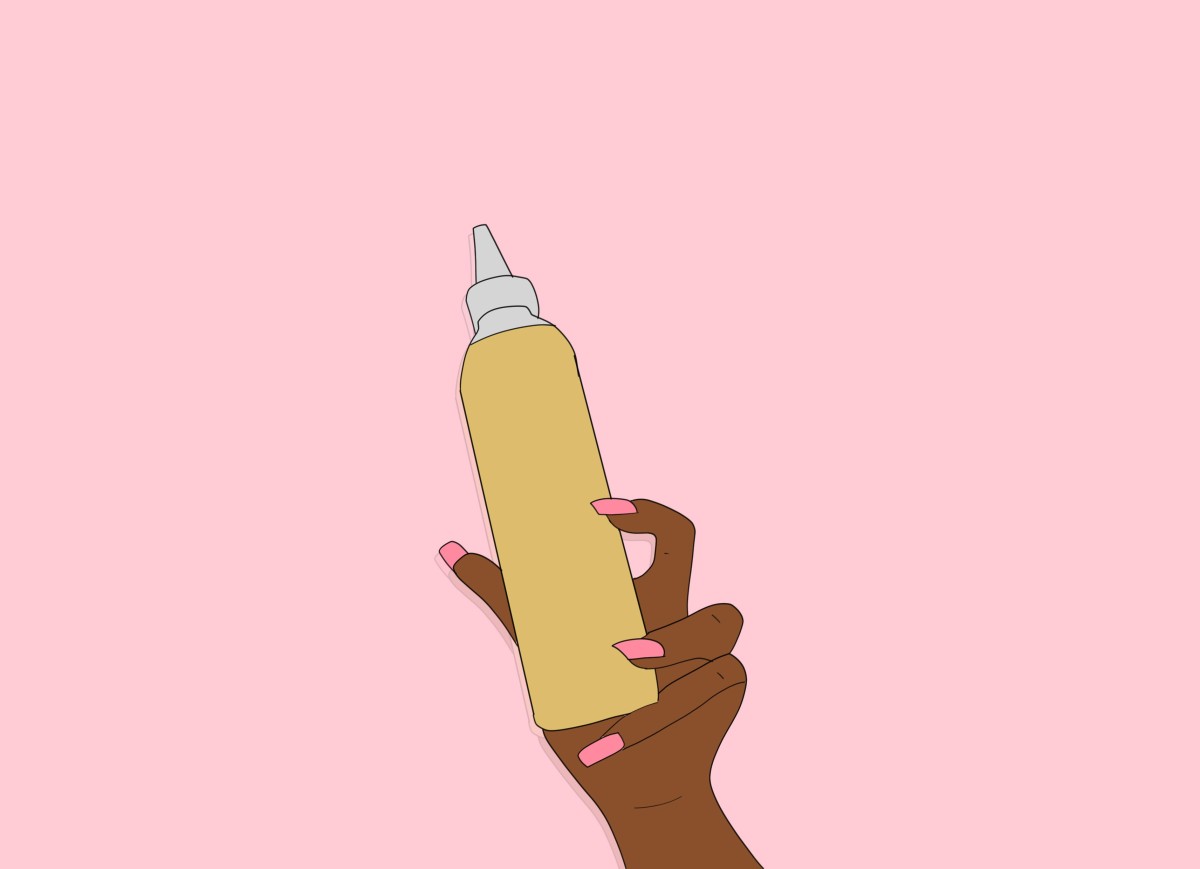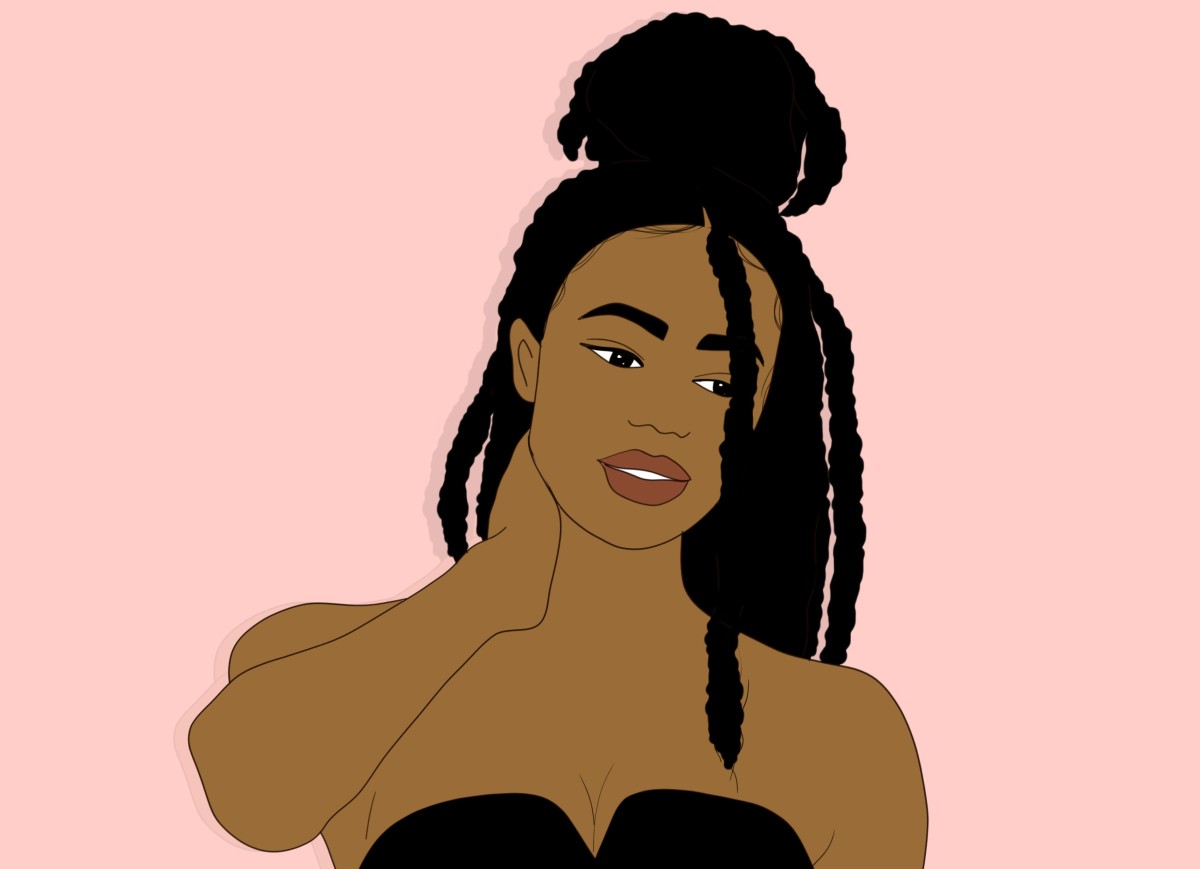Many of us have considered getting dreadlocks in the last few years, and it’s so tempting to just say, “what the hell, let’s do it!”
But for most of us – myself included when I first decided to dreadlock my hair – that statement is at far as it goes. Despite the new visibility that locs are getting as a viable, beautiful and acceptable form for your natural hair, there are still so many myths surrounding dreadlocks and their maintenance that it can be hard to take that first step. This is especially true when that first step comes with an ‘ugly stage’ that isn’t half as socially acceptable as long mature locks.
But because I’ve been through the journey, one big piece of advice I can give to anyone who wants to start their journey is this: when you decide to start your lock journey is just as important as how. And if you want to make your journey as smooth as possible, the winter months are the best time to start your locs, both for your physical and mental health.
Some quick myth debunking and the physical benefits of starting your locks in the winter
Myth one: You can’t wash your hair when you first start dreadlocks
I have heard this myth so many times and it baffles me that, to this day, people still say this. You absolutely can, and SHOULD, wash your hair at the beginning of your lock journey. But it would be a lie to say you can wash it the same way you would without locks.
When you first lock your hair, it won’t look like the locs we see on people like Chloe Bailey. It’s going to be plaits or twists, so washing your hair too often or too vigorously during the first few months, can unravel your locks if you’re not careful.
This is the first reason why starting your locs during the colder months is a good idea if you’re worried about unravelling your starter locs. In the summer, you might need to wash your hair every week or every two weeks. But because you generally sweat less during the winter, you can afford to put that wash off and only wash at the end of the month if you choose. without it being too detrimental to your loc journey.
Myth two: Locs take forever or mature
Everyone’s hair is different, so ‘loc maturity’ will have a different timeline for everyone, but generally, you’ll start to see your locs maturing around three months. If you are worried about the ‘ugly stage’ then winter, a season when you’ll probably be going out a lot less, will give you space to let your locs mature in time for being ‘outside’ during the summer.
Winter is also a good time because locs or no locs, many of us run to our headscarves, hats or wigs to keep the harsher elements away from our hair to stop it from drying out. And, incidentally, covering your locs up, especially at the beginning, will help with the locing process. So, that’s the time to wrap your starter locs up and let them grow and mature without prying eyes in time for summer.
Myth three: Locs are very easy or too hard to maintain

I’ve heard these opposing statements so many times before and the truth is they’re both correct.
On a day-to-day basis, dreadlocks are very easy to maintain. You don’t need moisturising creams, you don’t need heat, you don’t need to use combs, and you don’t spend hours on complicated styling before going out. On most days, you really can just get up and go.
But on wash days, dreadlocks are considerably more complicated to take care of than unlocked hair. Starter locs need to be washed carefully and mature locs must be washed vigorously to eliminate build-up. Then depending on your hair, you might need an oil treatment or conditioning at the roots, which means more rigorous washing. Then retwisting or interlocking takes time, and once every few months, you’ll probably need an apple cider vinegar lock bath. All of this is time-consuming, and if you don’t know exactly what you’re doing yet, or what works for your hair, it can be overwhelming to get to grips with a loc care routine during months when you have a lot of outings planned.
Day to maintenance is also subjective. The general consensus is that oil and water are the best for your locs and that you should use them on your hair around once a week. But I have low porosity, meaning it doesn’t hold moisture well, so I have to moisturise up to three times a week with more than just water. I had to mix my water with liquid leave-in conditioners, rose water, and aloe, and then I had to find the right oils to seal in the moisture, which was another long process.
Little steps like these to tailor your hair routine to your hair can be difficult to set in stone when you’re running around in the summer. So, doing it in winter, when you might be less busy and have more time to cement your routine and see what works for you, is perfect.
The psychological benefits of starting your locks in the colder and darker months
Myth four: Locs always have to be freshly twisted to be attractive
There are also psychological benefits to starting your locs in the winter. At the beginning of your loc journey, your hair will frizz significantly. If you lock your hair during the summer when you have a lot of outings, you’ll probably be tempted to retwist your hair very often and use edge gel a lot to make sure no one is seeing your hair looking ‘messy’ or ‘wild’. But constantly retwisting or interlocking your hair to keep up with ‘neat politics’ will weaken your hair and ruin your journey before it even gets off the ground.
Starting dreadlocks is a process not just of hair growth and care but also of self-love. It’s about learning to love yourself and your hair in all its forms. The sooner you get used to loving your hair in its untwisted state and learn to love your new growth, the easier it will be for you to keep it healthy in the long term without many products. And if you need the cover of dark winter and hibernation to get to that point of comfort, then take it – by summer, your scalp will thank you.
Myth five: Locs have to be long to be beautiful
When I started my locs, they were by my ears. Now seven years later, they’re down my back, and I have to acknowledge that I only got to this point because I decided to take the plunge: cut my relaxer-damaged hair off, start again and deal with the ‘ugly stage’. And while I’m glad I had that patience, I can understand why many of us don’t and just want to skip to long locs.
But it’s important to note that length isn’t everything. So many of us use unhealthy hair practices to save our length because we’re still taught that long hair is feminine, but that’s not true and it’s not healthy.
Short healthy hair is more beautiful than long, damaged hair, so if you’re starting your locs to save your hair, don’t wait. Save it now – especially during winter – and fall in love with them while they’re short, so you can really appreciate them when they’re long.
Dreadlocks come with their own set of trials. Unlike other styles, your loc care routine is completely subjective and getting used to the idea and permanency of locs is its own hurdle. So, give yourself that stretch of winter to help you not only look after your locs physically but nurture a healthy emotional relationship with your hair. I guarantee you’ll feel proud of yourself for going through the whole process and watching your hands create something beautiful and healthy that you can flaunt by summer.
Find more beauty articles here >
Written by Zainab Raghdo
Illustrated by Francesca Mariama

